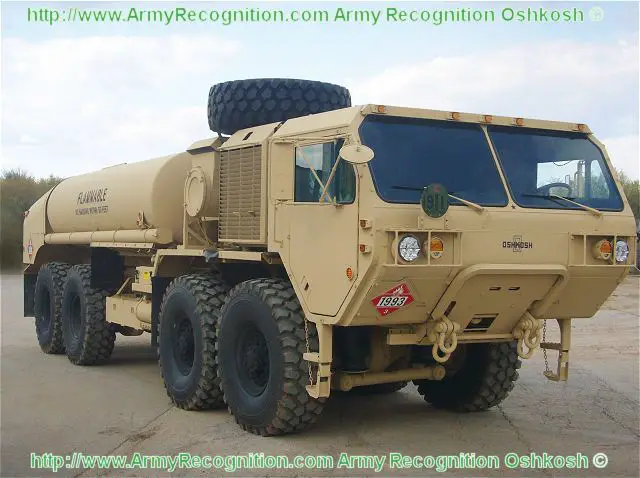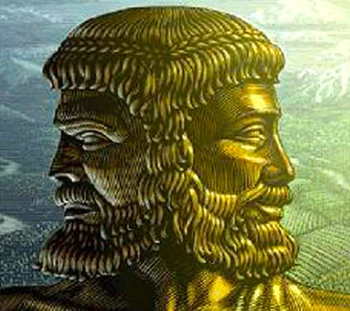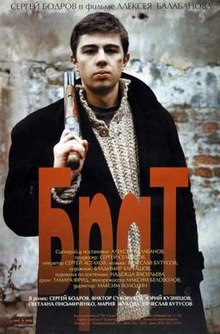Two views of Flossenburg where Dietrich Bonhoeffer was murdered.
Why? Because he knows
just how evil Nazis are and despite that Metaxas is a drooling supporter of Donald Trump.
Seven years ago, Metaxas published a biography of
Dietrich Bonhoeffer, a martyr to the Nazis. The biography makes clear
Bonhoeffer was murdered by the racist Nazi regime. Bonhoeffer was hung by the neck with piano
wire by the Gestapo during the last month of the war.
Metaxas wrote a biography of martyr to the Nazis and then
backed a Birther for President. Not only
a Birther, but a candidate who made a white supremacist his campaign
manager. And like Germans who saw more
danger in communists than in Hitler, Metaxas backed a
pussy-grabbing racist who has no need for forgiveness for President because he believed Hillary Clinton would be the ruin of America.
On June 20, 1939, Bonhoeffer, a German Lutheran Pastor, left
a safe haven in the United States for Germany. In just over two months, World
War II would begin. Almost six years later Bonhoeffer would be murdered by the
Nazis just before their final defeat in 1945. This summer, I visited seven
Concentration Camps and Holocaust memorials, camps like Flossenburg where
Bonhoeffer was murdered.
Bonhoeffer was safe and welcomed in the U.S. Why did he return to Nazi Germany? He said:
I have made the mistake in coming to America. I must live through this difficult period of our national history with the Christian people of Germany. I will have no right to participate in the reconstruction of Christian life in Germany after the war if I do not share the trials of this time with my people…Christians in Germany will face the terrible alternative of either willing the defeat of their nation in order that Christian civilization may survive, or willing the victory of their nation and thereby destroying civilization. I know which of these alternatives I must choose, but I cannot make this choice in security.
After Charlottesville, Metaxas remains a supporter of Trump and therefore the "fine people" chanting "Jews will not replace us." He also brought a speaker to New York who believes the same Sharia-Law-in-Tennessee conspiracy theory believed by the Nazi and white supremacist marchers in Tennessee in October. Metaxas has even posted meme linking the shooter in Las Vegas with the shooter of Representative Steve Scalise.
On October 3 at the Union League in New York City, Metaxas had a $400 per person dinner to launch a new book he wrote about Martin Luther. Luther began the Reformation, but near the end of his life he had anti-Semitic rages. Does Metaxas excuse Luther’s hatred Jews? I don’t know because I won’t touch the book.
On October 3 at the Union League in New York City, Metaxas had a $400 per person dinner to launch a new book he wrote about Martin Luther. Luther began the Reformation, but near the end of his life he had anti-Semitic rages. Does Metaxas excuse Luther’s hatred Jews? I don’t know because I won’t touch the book.


















